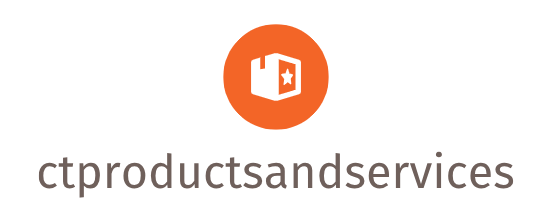
Understanding Your Current Financial Situation
Before you can start building a stronger financial future, you need to know where you stand. This means honestly assessing your income, expenses, assets, and debts. Gather all your financial statements – bank statements, credit card bills, investment accounts, loan documents – and take some time to meticulously review them. Identify recurring expenses, both fixed (rent, mortgage payments) and variable (groceries, entertainment). Track your spending for a month or two to get a clear picture of where your money is going. This process might feel overwhelming initially, but it’s a crucial first step towards gaining control of your finances. Creating a simple budget spreadsheet or using budgeting apps can significantly ease this process.
Setting Realistic Financial Goals
Once you understand your current financial standing, it’s time to set some goals. What are you working towards? Do you want to pay off debt, save for a down payment on a house, build an emergency fund, or retire comfortably? Be specific and realistic. Instead of saying “save more money,” aim for “save $500 per month for a down payment.” Break down larger goals into smaller, more manageable steps. This will make the process less daunting and provide a sense of accomplishment along the way. Remember, your goals should align with your values and lifestyle.
Creating a Budget That Works for You
Budgeting doesn’t have to be a restrictive chore. Find a budgeting method that suits your personality and lifestyle. There are various approaches, from the 50/30/20 rule (50% needs, 30% wants, 20% savings and debt repayment) to zero-based budgeting (allocating every dollar to a specific category). Experiment to find what works best. The key is consistency. Regularly review and adjust your budget as your circumstances change. Don’t be afraid to make adjustments; it’s a dynamic process, not a rigid rulebook. The goal is to spend less than you earn, leaving room for savings and debt reduction.
Tackling Debt Strategically
High-interest debt, like credit card debt, can significantly hinder your financial progress. Develop a plan to tackle it effectively. Consider strategies like the debt snowball (paying off the smallest debt first for motivation) or the debt avalanche (paying off the highest-interest debt first to save money in the long run). Explore options like balance transfers to lower interest rates or debt consolidation loans. Be disciplined and consistent in your repayment efforts. Remember, paying down debt is an investment in your future financial well-being.
Building an Emergency Fund
An emergency fund is your financial safety net. It provides a cushion to handle unexpected expenses, like medical bills, car repairs, or job loss, without derailing your financial goals. Aim for 3-6 months’ worth of living expenses in a readily accessible account. This can seem daunting at first, but even small contributions regularly can make a significant difference over time. Once you have your emergency fund established, it’s crucial to replenish it after any withdrawals.
Investing for the Future
Investing is essential for long-term financial security. Start early, even if it’s with small amounts. Explore different investment options based on your risk tolerance and financial goals. Consider options like retirement accounts (401(k), IRA), index funds, or individual stocks. Seek professional advice if needed, but remember to do your research and understand the risks involved. Consistency is key to successful investing; regular contributions over time will compound, building wealth gradually.
Seeking Professional Guidance
Don’t hesitate to seek help from financial professionals if you need it. A financial advisor can provide personalized guidance, helping you create a comprehensive financial plan tailored to your specific circumstances. They can offer valuable insights into investing, retirement planning, and debt management. Remember that seeking help is a sign of strength, not weakness, and can significantly improve your financial outlook.
Reviewing and Adapting Your Plan
Financial fitness isn’t a one-time event; it’s an ongoing process. Regularly review your budget, goals, and investment strategy. Life changes, and your financial plan needs to adapt accordingly. Schedule time each month or quarter to assess your progress, make adjustments as necessary, and celebrate your successes along the way. This continuous monitoring will ensure your financial health remains strong and resilient in the face of life’s unexpected turns. Read also about personal finance books.






.jpg)

